15 Vintage Furniture Trends That Came And Disappeared With 0 Explanation
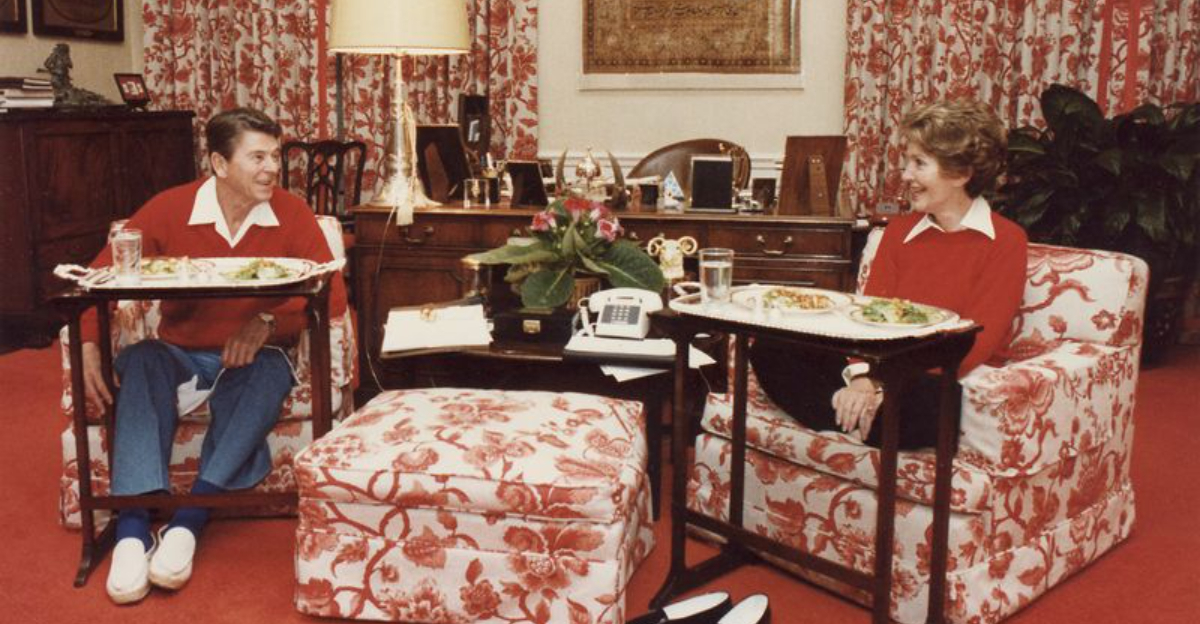
Join me as we embark on a whimsical, velvet-draped journey through the wonderfully weird world of vintage furniture trends—those glorious design moments that once lit up living rooms and now live on only in grainy family photos and dusty basements.
From couches hermetically sealed in plastic (because sitting comfortably was clearly too risky) to entire mirrored walls that made your home feel like a low-budget Vegas lounge, these trends weren’t just décor—they were a vibe. They were bold.
They were unapologetic. They were… questionably fabulous. So why did they disappear overnight, without so much as a farewell disco ball spin? That’s the mystery. All we have left are memories of shag carpeted stairs, avocado-colored everything, and furniture that squeaked, swiveled, or sparkled for no reason.
So grab your lava lamp, fluff your beaded cushion, and get comfy—it’s time to celebrate 15 iconic trends that vanished faster than you could say “conversation pit.”
1. Plastic-Covered Everything
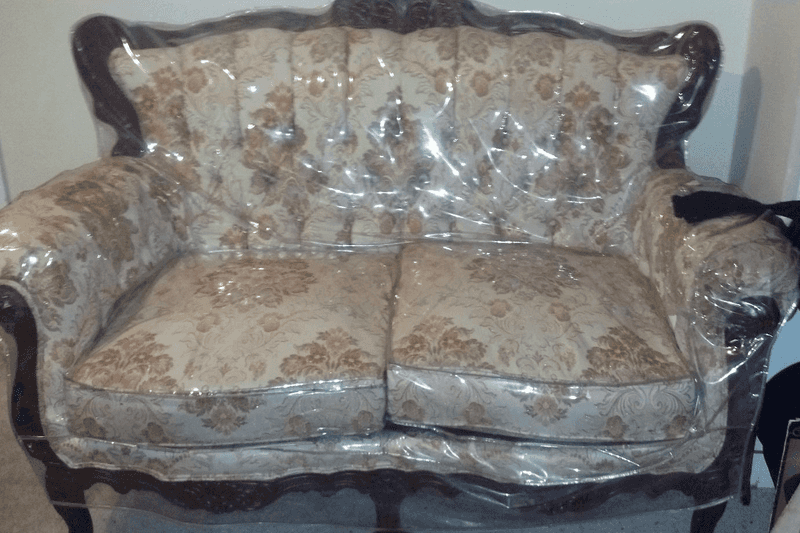
Grandma’s couch was basically a museum piece, protected like the crown jewels. The plastic cover crinkled with every move, a symphony of nostalgia and discomfort. Why did people sit on plastic? Was it an avant-garde attempt at preserving furniture for future generations?
The sheer dedication to keeping that floral pattern pristine was admirable, if not perplexing. I remember visiting my grandmother’s house, gingerly perching on her sofa, feeling like a guest in a furniture gallery. It’s a wonder we accepted the crinkle noise as normal, a soundtrack to family gatherings. The covers were a paradox, offering protection yet diminishing comfort.
And let’s face it, nobody misses peeling themselves off the couch during summer. The plastic-covered era has slipped away, leaving us pondering its purpose, chuckling at its absurdity, and secretly grateful for the fabric freedom we now enjoy. A trend as clear as its cover, now shrouded in mystery.
2. Shag Carpets in Questionable Colors
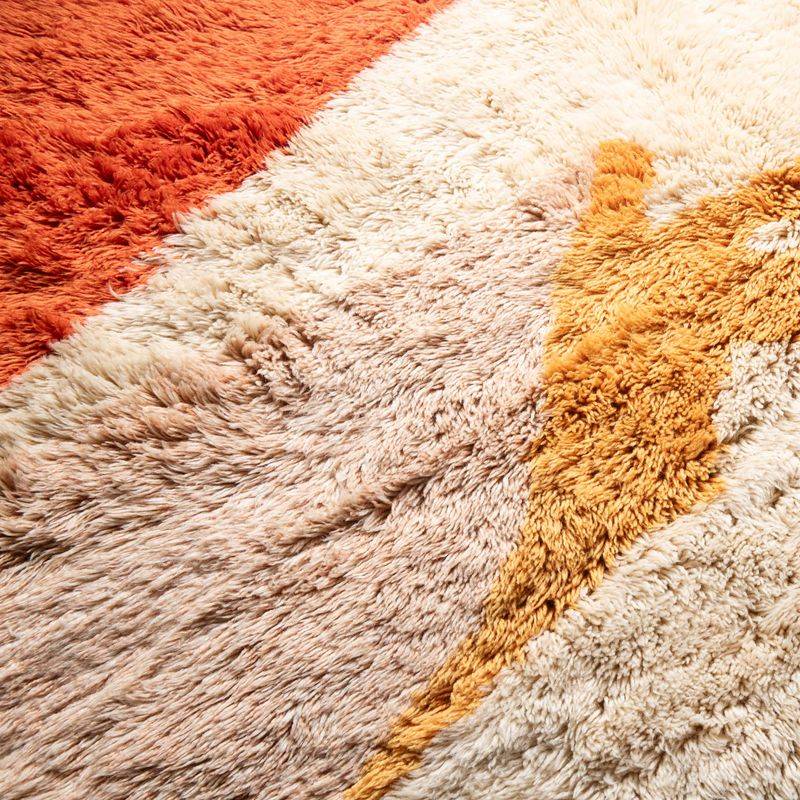
Ah, shag carpets, the tactile experience of the 70s! These thick, fuzzy wonders came in colors as bold as their owners. Bright orange, avocado green, or mustard yellow—it was like walking on a psychedelic Muppet. Cleaning it? Yeah, good luck with that. My childhood home sported an orange shag that swallowed Lego pieces and the occasional small pet.
The carpet was a statement, a testament to a time when boldness reigned supreme. Despite its challenges, there was something comforting about sinking your toes into its depths. Yet, the appeal of vacuuming this fiber forest waned quickly.
The shag carpet era disappeared like smoke, leaving behind threads of nostalgia and a vacuum cleaner’s worst nightmare. Today, they exist only in retro throwbacks and comedy sketches. The shag made its mark, but practicality finally won the war against unfathomable fuzziness. A trend as wild as its colors, now just a memory.
3. Mirrored Walls for “Luxury”

Nothing said “classy” like an entire wall of mirrors reflecting your sunken living room. Bonus points if the mirrors were tinted. They expanded spaces while doubling the amount of clutter in view. My aunt had one such mirrored masterpiece, turning her modest living room into a sprawling reflection of 70s chic. Why did these mirrors disappear?
Perhaps it was the realization that one’s reflection isn’t always the best décor. Mirrored walls were the Instagram filters of their time—enhancing, yet sometimes unflattering. Maybe it was the constant cleaning or the unsettling feeling of being watched by your own reflection.
Whatever the reason, the mirrored wall trend vanished, leaving behind echoes of elegance and a legacy of dusting nightmares. It was a reflection of an era, both literally and figuratively, now remembered with a mix of fondness and relief.
4. Bean Bag Chairs That Deflated in 2 Weeks
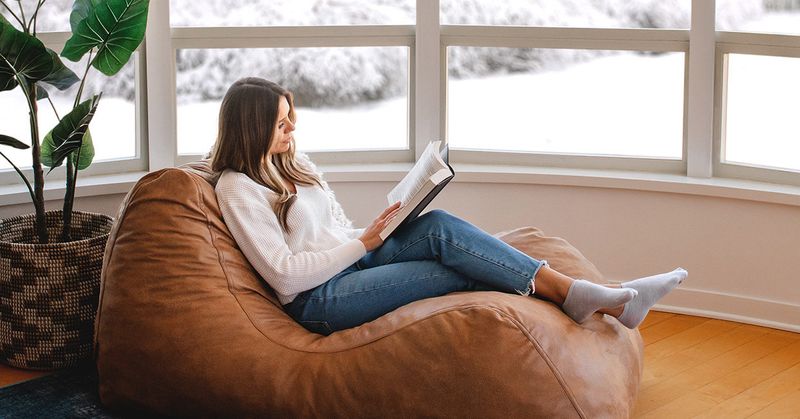
Oh, the bean bag chair—the epitome of youthful rebellion and relaxed lounging! Every cool kid had one. They were fun until they exploded, spilling little white beads like furniture confetti. I vividly remember the day my bean bag lost its battle with gravity, transforming my room into a snowy scene.
These chairs promised comfort but ultimately became more floor than seat. Their short-lived glory was a rite of passage, a lesson in impermanence. Despite their flaws, bean bags embodied a carefree spirit, unbothered by structure or longevity.
They vanished as quickly as they had appeared, leaving a trail of beads and memories in their wake. A trend that deflated as swiftly as it inflated, but forever cherished in the annals of teenage dreams. The bean bag taught us that sometimes, style and substance don’t always sit together.
5. Conversation Pits
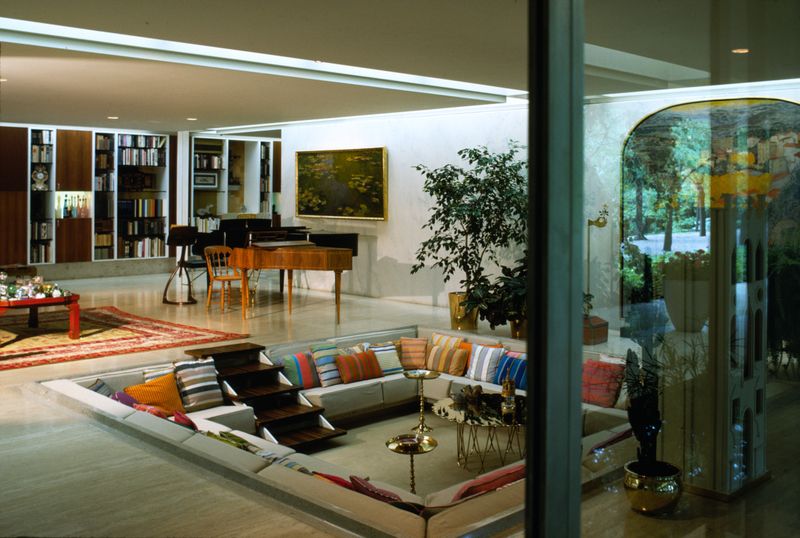
Conversation pits were the architectural equivalent of inviting friends into a cozy crater. Sunken seating areas designed for intimate vibes. Great idea in theory. In practice? A lawsuit waiting to happen. My parents’ friends had one, a sunken oasis of cushions and conversation where ankles were twisted as often as anecdotes were shared.
The concept was simple: bring people together, literally. Yet, the pits often became traps for the unwary, a step down into both comfort and chaos. Despite their potential hazards, they fostered connection, a gathering point for storytelling and laughter.
Eventually, practicality and safety concerns won, and conversation pits were filled in, quite literally. They remain a quirky footnote in design history, a trend that sank from view but left an indelible impression on those who dared to descend. A trend that united people while testing their stability, now a sunken memory.
6. TVs Inside Massive Wood Cabinets
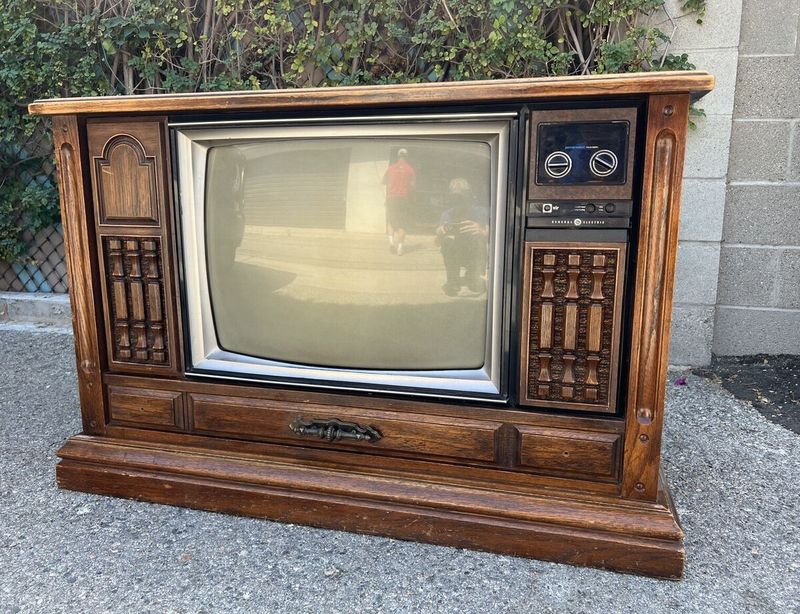
These weren’t entertainment centers—they were monuments. The TV screen was tiny, but the furniture around it could survive a hurricane. My uncle’s living room was dominated by such a behemoth, a testament to a time when technology and tradition coexisted in wood-paneled harmony. Why did these cabinets disappear?
Perhaps it was the allure of sleeker, more space-efficient designs. Or maybe it was the realization that less is more when it comes to furniture footprint. The cabinets were fortresses for fragile screens, offering protection but hogging precious living space.
They faded away as TVs grew larger and thinner, replaced by wall mounts and minimalist stands. The massive wood cabinet remains a giant in memory, a relic of an era when furniture made a statement, even if it was, “I’m here to stay.” A trend that stood tall and proud, now a towering memory.
7. Peacock Chairs
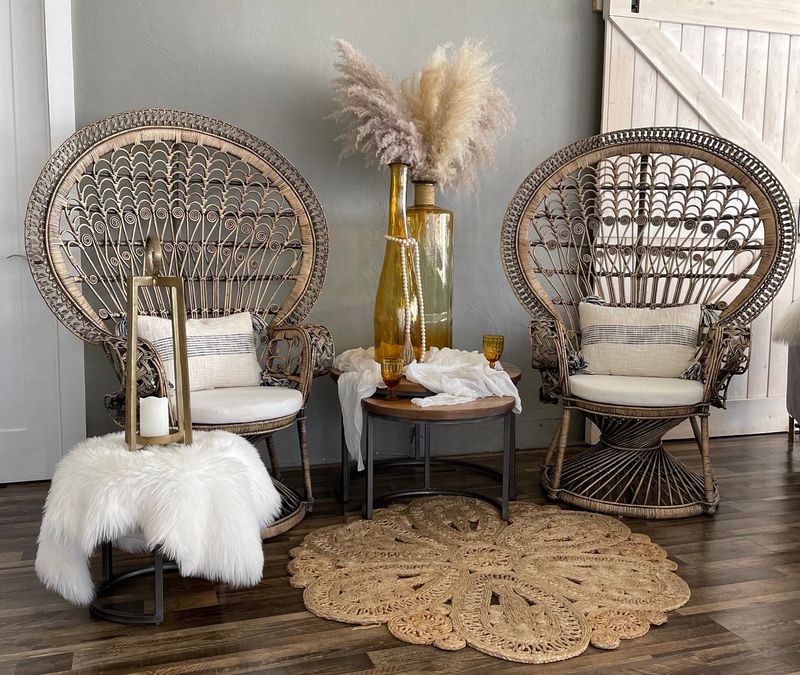
Peacock chairs—usually rattan, always oversized, and somehow exclusively seen in 1970s photo shoots and boho bedrooms. Where’d they all go? I remember posing in one at my aunt’s house, feeling like royalty on a throne of woven whimsy.
The chairs were iconic, with their elaborate backs and intricate designs. They exuded bohemian elegance, a must-have for any self-respecting retro-chic abode. Yet, they vanished from the mainstream, perhaps due to their sheer size or the impracticality of their design. The peacock chair was a paradox, blending beauty with bulk, art with awkwardness.
It was furniture as a statement piece, a display of personality and flair. Today, they occasionally resurface in eclectic spaces, a nod to their illustrious past. The peacock chair remains a symbol of a bygone era, a trend that soared on wings of style, now resting in the annals of vintage design.
8. Avocado Green and Harvest Gold Appliances

Not furniture technically, but close enough. Avocado green and harvest gold appliances were the culinary color palette of yesteryear. Everything matched in the worst way. Kitchens looked like vegetable-themed crime scenes. Our kitchen was an homage to this vibrant trend—a study in clashing hues and bold choices. Why did this trend disappear?
Perhaps our taste buds finally influenced our design choices, demanding more palate-pleasing tones. Or maybe it was the realization that not all colors belong in the kitchen. These appliances were both a blessing and a curse, brightening spaces while assaulting the senses.
They faded from view as stainless steel and neutral tones took over, leaving behind a trail of colorful nostalgia. The avocado and gold era was one of bold declarations, a trend that dared to blend nature’s palette with culinary prowess. A trend as daring as its colors, now a culinary curiosity.
9. TV Trays for Every Meal
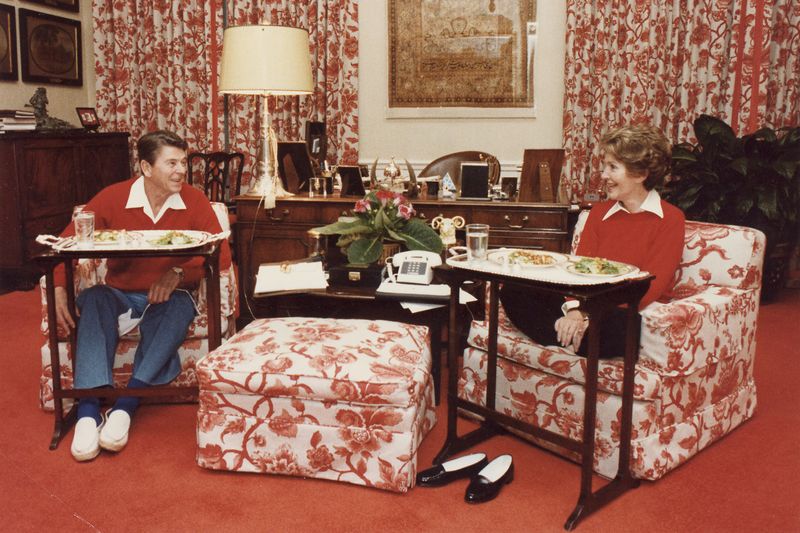
“Dining table? Who needs it!” said every living room ever when TV trays came into vogue. Salisbury steak was best served on a collapsible tray in front of Wheel of Fortune. My childhood dinners often unfolded this way, a balancing act of meal and entertainment. TV trays were the epitome of convenience, a portable dining experience for the modern era.
They allowed for flexibility, mobility, and a front-row seat to nightly television. Yet, as dining habits evolved, so did our furniture needs. The allure of TV trays faded, replaced by kitchen islands and dining tables that invited conversation and connection.
They remain a nostalgic symbol of a simpler time, a trend that folded away but never truly disappeared. The TV tray was a testament to the era of TV dinners and family sitcoms, a trend that served up both meals and memories in equal measure.
10. Modular Shelving Cubes
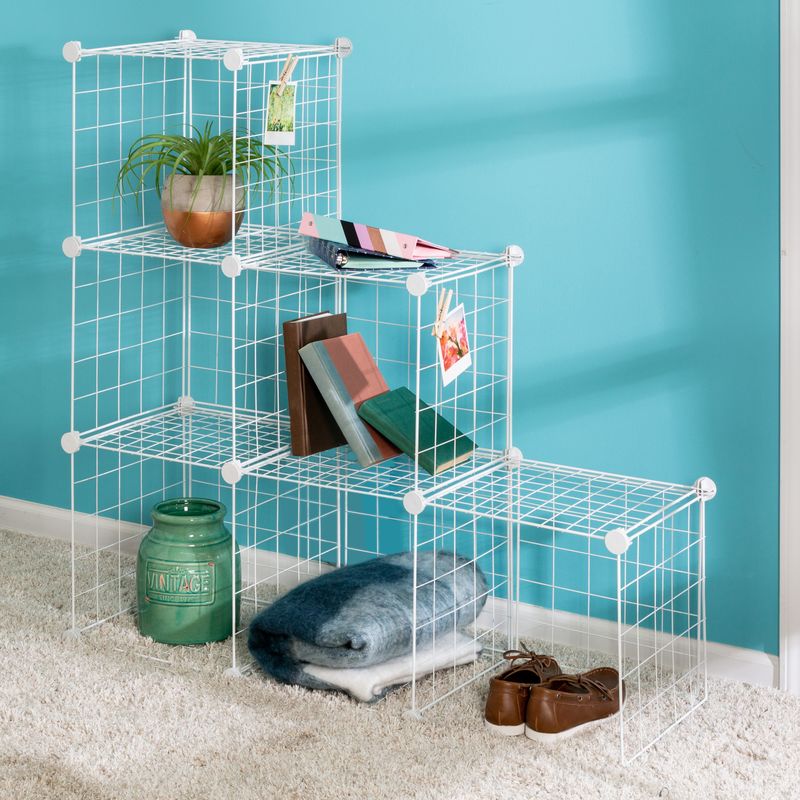
Modular shelving cubes were the building blocks of teenage dreams. Every teen in the ’70s and ’80s needed a place for their lava lamp, Garfield phone, and Judy Blume collection. My room was a testament to their versatility, a showcase of youthful interests and eclectic tastes. The cubes were customizable, stackable, and endlessly rearrangeable—a perfect fit for evolving personalities.
Yet, as tastes matured, so did our storage solutions. The cubes gradually disappeared, replaced by more streamlined furniture that offered sophistication over simplicity. They remain a cherished memory, a symbol of creative expression and youthful exuberance.
The modular shelving cube was more than just storage; it was a canvas for individuality. A trend that adapted to every mood and phase, now a nostalgic nod to the past. The cubes may be gone, but their spirit of adaptability lives on in modern design.
11. Lamps That Looked Like They Belonged in Space
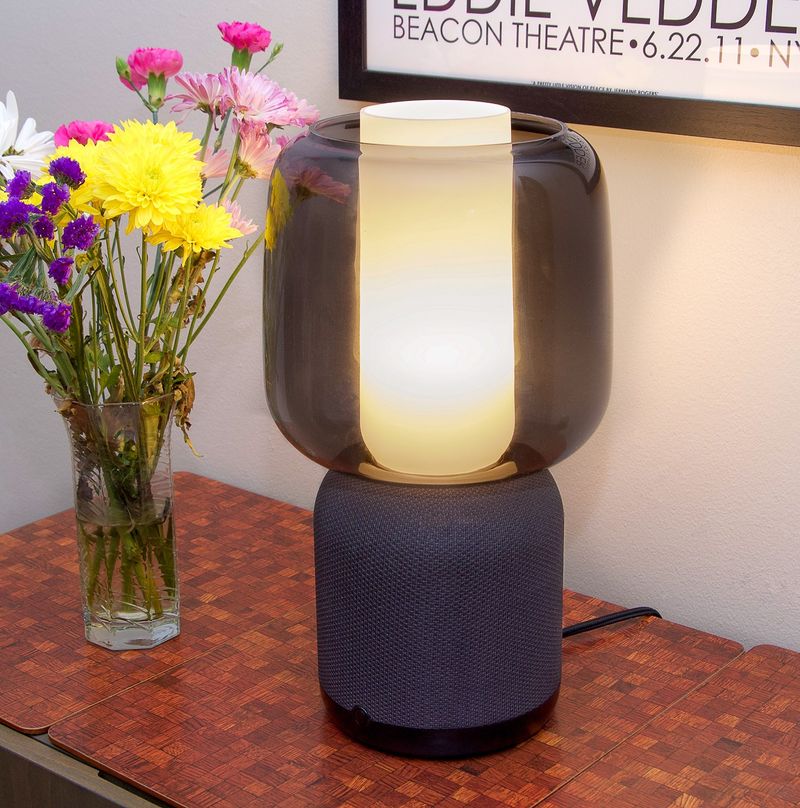
Futuristic orb lamps, mushroom lamps, lava lamps—all form, no function, and probably a fire hazard. We loved ’em. My room lit up with the glow of a lava lamp, a mesmerizing blob ballet in a glass cylinder. Why did these lamps fade out?
Perhaps it was practicality finally catching up with style. These lamps illuminated the imagination more than the room, casting creative shadows but little actual light. Yet, their charm lay in their unconventional designs, a touch of whimsy in everyday life. They’ve been replaced by more efficient lighting solutions, but their playful spirit lingers.
The space-age lamp era was a galaxy of design delight, a trend that shone brightly but briefly. A trend as illuminating as it was impractical, now a flickering memory of retro wonder. The lamps may have dimmed, but their influence still lights up the world of décor.
12. Bold Floral & Paisley Upholstery
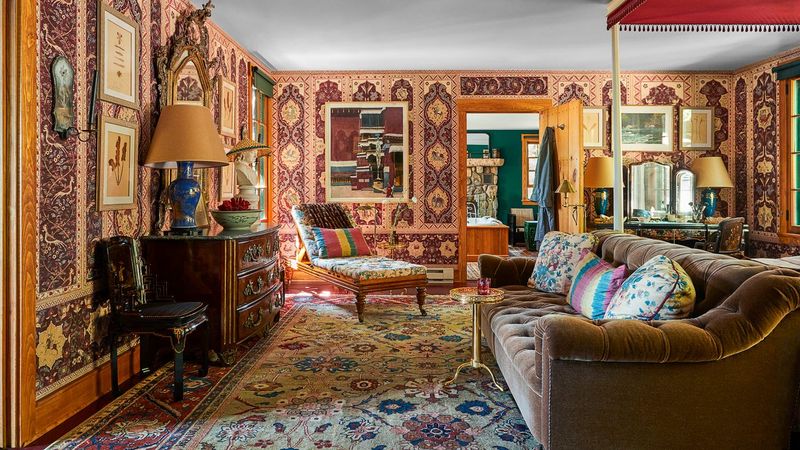
Why yes, let’s take every color in the crayon box and put it on the same couch. Eye-searing? Yes. Iconic? Also yes. Our family sofa was a riot of reds, blues, and greens, a visual symphony of floral and paisley patterns. Why did this trend fade? Perhaps our eyes needed a break from the cacophony of colors. Or maybe it was the shift towards minimalism and muted tones.
Despite their boldness, these patterns brought warmth and character to spaces, a burst of personality in a world of beige. They’ve been sidelined in favor of more subdued fabrics, but their legacy endures.
The bold floral and paisley upholstery was a celebration of creativity, a trend that dared to blend art with comfort. A trend as vibrant as its colors, now a cherished memory of vintage charm. The patterns may have faded, but their spirit still blooms.
13. Waterbeds

Because who wouldn’t want to sleep on a sloshy bag of regrets? Half luxury, half chiropractor’s retirement plan. Our family had one, a bed that promised dreams but delivered seasickness. Why did waterbeds drift out of style? Perhaps it was the impracticality of sloshing about or the logistical nightmare of moving one. Or maybe it was the dawn of memory foam and pocket springs.
Despite their flaws, waterbeds were a symbol of status, a unique blend of comfort and novelty. They’ve been replaced by more supportive options, but their reputation floats on.
The waterbed era was one of indulgence and innovation, a trend that made waves but eventually capsized. A trend as fluid as its form, now a buoyant memory of retro luxury. The beds may no longer spill over, but their impact still ripples through design history.
14. Wicker Everything

Wicker everything—chairs, tables, headboards—we lived like coastal grandmas before it was a TikTok trend. Squeaky, scratchy, but undeniably homey. Our patio was a wicker wonderland, a testament to the timeless appeal of woven furniture. Why did wicker wane? Perhaps it was the quest for more durable, weather-resistant materials.
Or maybe it was the realization that not everything should creak with every move. Despite its quirks, wicker brought a touch of nature indoors, a connection to the outdoors from the comfort of home. It’s been overshadowed by synthetics, but its charm endures.
The wicker era was a blend of tradition and trendiness, a trend that twisted its way through design with grace and style. A trend as natural as its materials, now a woven memory of vintage elegance. The wicker may have weathered, but its legacy remains woven into our hearts.
15. Glass Tables With Brass Corners
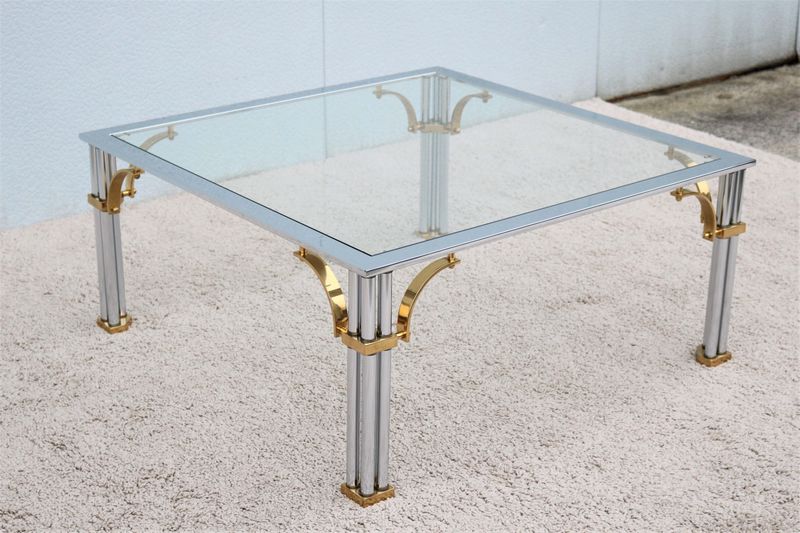
Sophisticated until you bumped your knee into one and saw your life flash before your eyes. The ultimate in ’80s danger décor. Our living room boasted such a table, a blend of elegance and peril. Why did this trend taper off? Perhaps it was the pursuit of safety and practicality.
These tables were a paradox, showcasing beauty while posing a risk to shins everywhere. They’ve been replaced by softer, more forgiving surfaces, but their legacy endures as a cautionary tale of design.
The glass table with brass corners was a reflection of 80s sophistication, a trend that glittered but occasionally hurt. A trend as transparent as its surface, now a shimmering memory of bygone style. The tables may no longer corner the market, but their impact remains etched in the annals of interior design.
